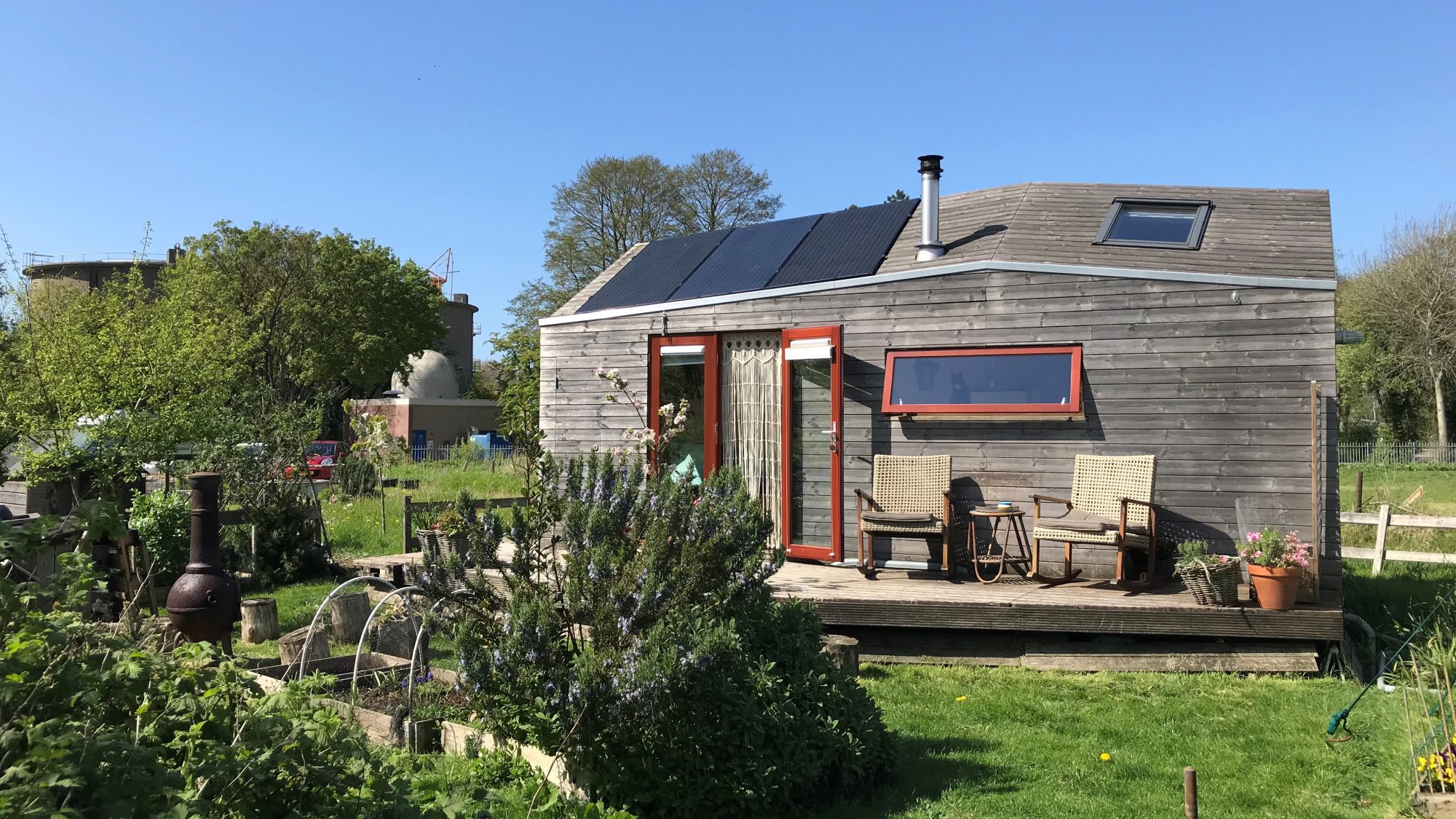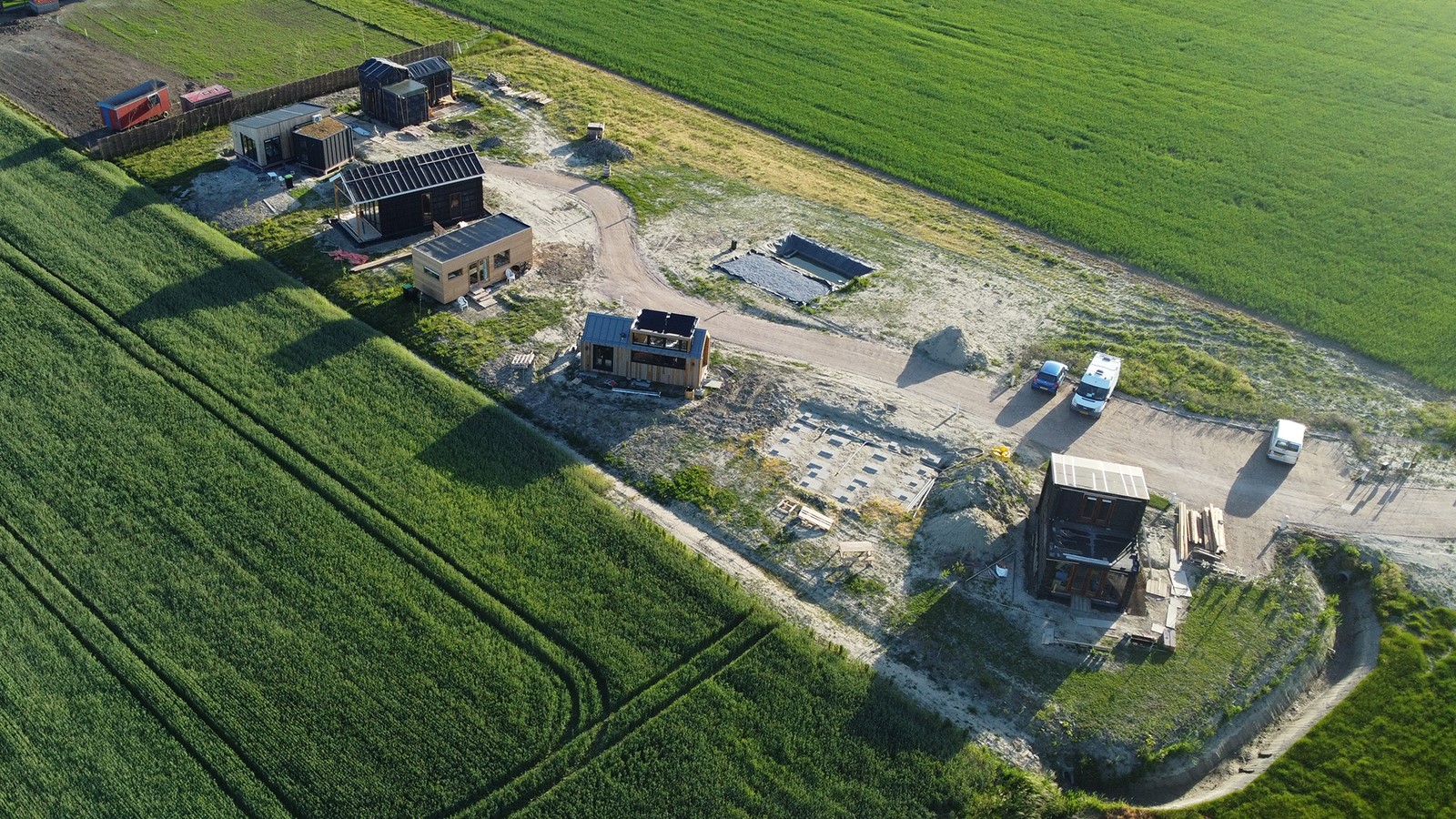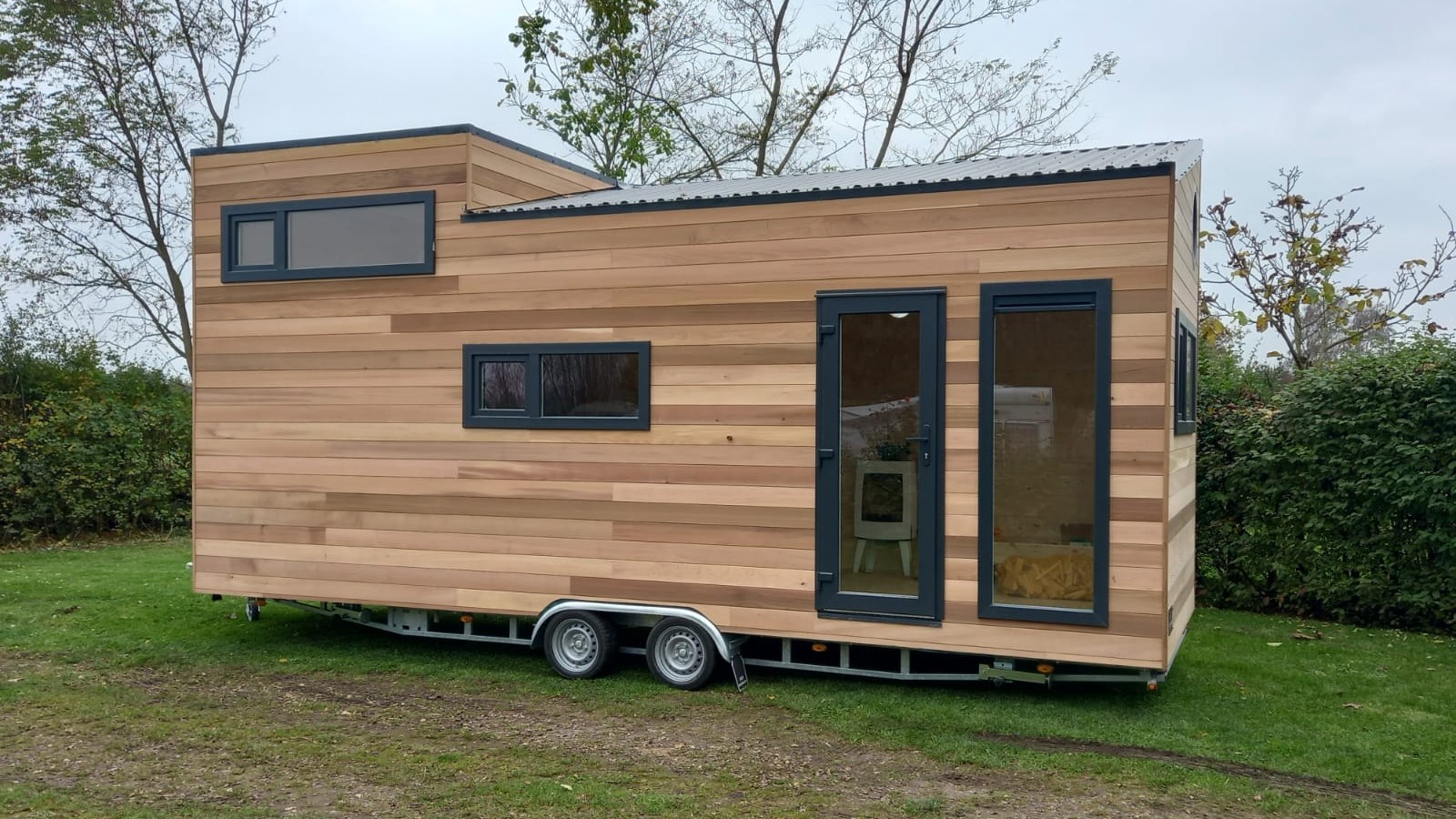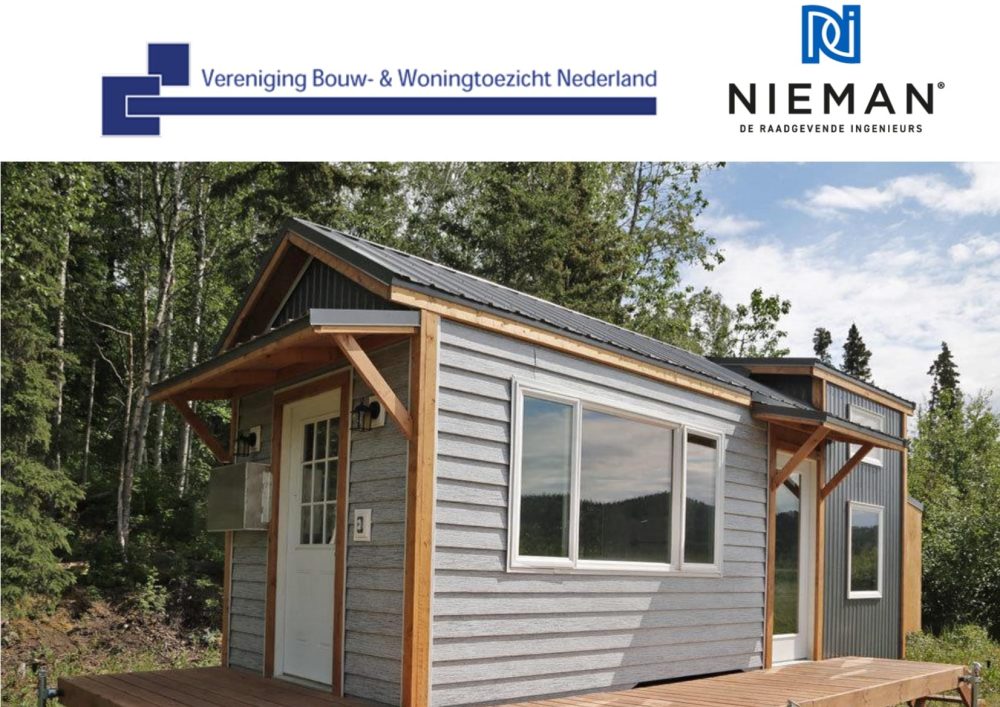The Association of Building & Housing Supervision Netherlands (VBWTN) is increasingly receiving questions from municipalities about Tiny Houses. Those questions are mainly about how they can permit the initiatives that come knocking on their door, within the applicable building regulations. That is why the VBWTN has decided to develop a practical guideline for municipalities, which deals with the constructional requirements that apply to a Tiny House and the scope available to deviate from them. These requirements are described in the Omgevingswet (environment and planning act) and the related Besluit bouwwerken leefomgeving (Bbl). The latter replaces the Bouwbesluit (building decree) 2012.
Also see: How much do you know of the building decree?
Engineering firm Nieman has written this very helpful document and there is a lot to learn from it, especially about the scope that the upcoming Omgevingswet will offer. This law is expected to come into effect on January 1, 2023. The guide is not only interesting for municipalities, Tiny House builders and future residents can also learn from the document. We’ve listed a few notable things in this article, but you can download the entire guide from the VBWTN website:
Tiny House guide for municipalities

Change of environmental permit procedure
The assessment against the requirements in the Bbl will no longer be carried out by the municipality for Tiny Houses and regular homes, but by a ‘private quality guarantor’. Unless an equivalent solution is applied in the field of structural safety or fire safety. So, as the owner of a Tiny House, you will have to hire a qualified agency to carry out that assessment yourself.
Consecutive environmental permits
If you move an existing Tiny House from a temporary location to a new, also temporary location, and the composition of the house in the new location does not change, you may follow the requirements for existing buildings for the new environmental permit. If you are going to move your Tiny House to a permanent location, you must comply with the requirements for new construction. In all cases, the requirements for new construction in the Bbl must be followed for the foundations.

Temporary construction, private construction and equivalent measures
The 2012 Building Decree already offers room for innovation and therefore also for the construction of Tiny Houses, due to the relaxed performance requirements for temporary and private construction and via the equivalence provision. This continues to apply with the arrival of the Bbl and the guide pays extensive attention to this in chapters 3, 4 and 5. See also this blog by Marjolein in het klein:
Tiny Houses and the Building Decree
Customization and experiment space
In some cases, the municipality can include customized rules in the Omgevingsplan (environmental plan), which are more flexible than other applicable regulations. This option has been included in the Bbl to enable municipalities to grant the necessary exemption to enable initiatives for new forms of housing such as Tiny Houses. In the Guide, the relaxation of the rules for the usability of residential functions such as Tiny Houses is mentioned as an example. Custom rules for the BENG will probably not be allowed.
In addition to the option of using custom rules, an experimental provision has also been included in the Bbl. This regulation offers municipalities the opportunity to deviate from the provisions of the Omgevingswet. This makes it possible to give space to innovative initiatives that are lagging behind in the applicable regulations. Like the Crisis- en herstelwet (crisis and recovery act), these regulations can be used to test whether the innovation is really an improvement, before laws and regulations are adapted to the new development.

Potentially restrictive requirements for Tiny Houses
In chapter 6, the guideline discusses in detail the requirements from the Bbl that may be restrictive for the licensing of Tiny Houses. For example, in the field of structural safety of the house, the foundation and during transport. It goes without saying that a Tiny House, just like any other home, must meet performance requirements for constructive safety. But did you know that research into the composition of the soil for determination of the foundation must always be carried out? This is also required if you are going to place a Tiny House on concrete slabs. In addition, it must also be demonstrated that the transport of the Tiny House does not pose any risks to structural safety.
The Bbl also sets requirements for fire safety, an extra important point of attention for Tiny Houses, which are usually constructed in timber frame construction, and requirements for soundproofing that may deserve extra attention.
BENG, isolation and MPG
The BENG has been valid since January 2021. These additional rules also apply to Tiny Houses and often pose a significant challenge in practice. In this blog by Marjolein in het klein you will find a clear explanation about the BENG in relation to Tiny Houses:
If the requirements cannot be met with solutions in the design and application of installations, it is possible to apply an equivalent solution. An equivalent solution is also possible with regard to the requirements for thermal insulation and environmental performance.

Connections to utilities and sewerage
It is often a topic that stirs up confusion: are you allowed to live off-grid? Or do you have to be connected to water, electricity and/or sewage? The guideline provides clarity: the Bbl does not set any requirements for this, and the municipality is allowed to draw up local rules in the Omgevingsplan. The municipality can therefore choose to waive a connection obligation for a certain area, with good substantiation.
Download, read and share
The guide is packed with useful information, suggests alternatives and shows good insight into the Tiny House movement. Municipalities will undoubtedly benefit a lot from the document and with them the many (prospective) Tiny House residents who knock on their doors. We strongly recommend that you download the document, read it and share it with stakeholders as much as possible.
Tiny Houses guide for municipalities
Seminar for municipalities
On Monday November 28th, the Berghauser Pont (BHP) Academy is organizing a practical afternoon: ‘Realising Tiny Houses within municipalities’. Marjolein Berghuis van Nieman explains the guidelines for municipalities of the VBWTN, Marjolein Jonker provides insight into the Tiny House movement. Aafke Kuipers from the municipality of Olst-Wijhe inspires with her story about how the nature-inclusive and circular district of Olstergaard came about, where Tiny Houses are licensed next to larger houses and Simone Kiewiet from the municipality of Dalfsen explains how the municipality develops policy for Tiny Houses on (farm)yards. Ramon Blok, program manager of BHP Academy, will make sure everyone will leave the room inspired and well informed at the end of the afternoon.
Registration for this seminar will soon be possible via the BHP Academy website:
Photo credits: Tiny House Groene Hart, Marjolein Jonker, Chiela van Meerwijk, Mini Uusjes Sint Laurens, TinyBlokHouse




Leave a Reply